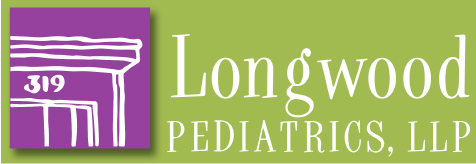Bullying occurs when a child experiences unwanted or aggressive behavior. It’s different than just teasing or fighting. When bullying happens there is a real or perceived power imbalance. The bully has power over another child. The bullying behavior is often repeated, or it has the potential to be repeated more than once. Often, the bullying happens in front of others and can be very embarrassing. Bullying can cause serious and lasting problems for both kids who bully and for those who are being bullied.
Talk to your child about bullying! Even if you don’t think your child is being bullied, it is important to have an open conversation with your child about bullying. Even if they aren’t a victim themselves, they may be a witness to bullying. It is important that your child knows how to respond in a bullying situation.
In order for the behavior to be considered bullying it MUST be aggressive and ONE of the following:
Imbalance of Power: The child who bullies will use his or her own power to control or hurt other kids. This power includes being physically stronger than other children, having access to embarrassing or potentially damaging information, or being popular. These imbalances can change over time and in a variety of situations.
and/or
Repetition: The bullying behaviors are repeated on several occasions of they have the potential to happen more than once.
There are 3 types of bullying
Physical Bullying: The victim is physically attacked such as by hitting, kicking, pushing, punching, or choking.
Verbal Bullying: The victim is threatened, taunted, teased, or is the target of embarrassing rumors, hate speech, racial slurs or comments about sexual orientation.
Social Bullying: The victim is intentionally excluded from activities or groups by the bully or bullies’ social group.

